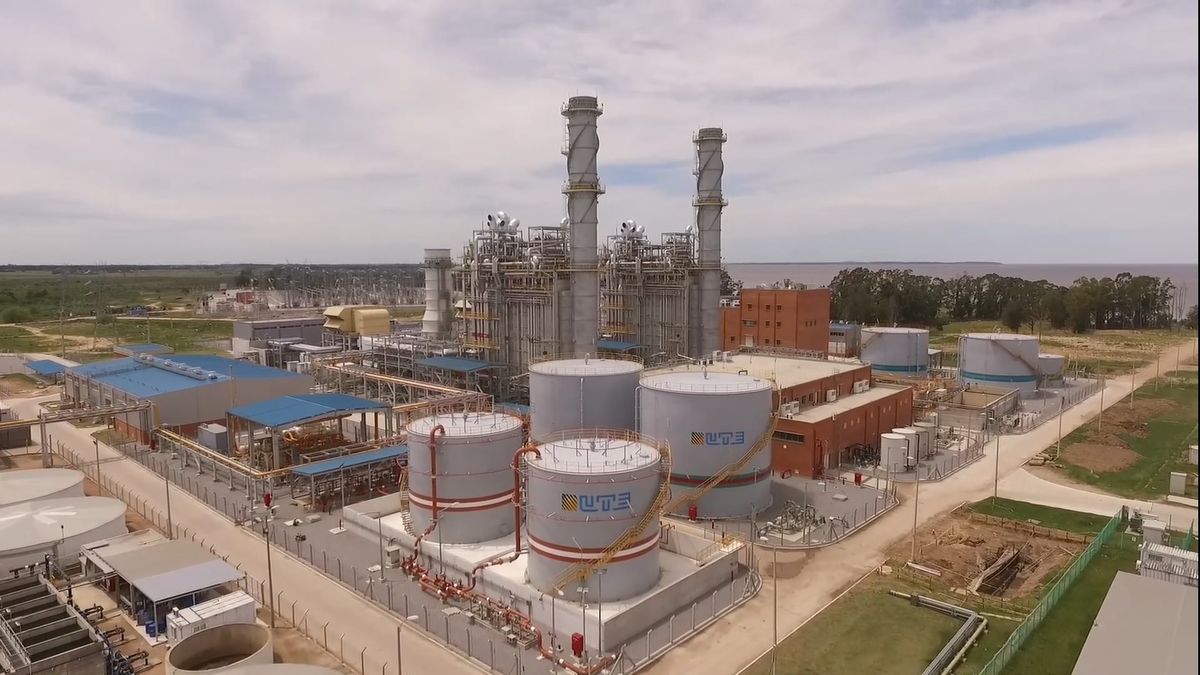According to the specialized site, the intense drought and favorable prices lead to the largest import of electricity since May 2009. In parallel, in February, a few 28 GWh were used for commitments export.
energy import uruguay.jpg
According to UTE data, the 751 GWh of electricity generation last month represented a 22% decrease compared to that of the same month but in 2022. Of this total, 176 GWh (23.5%) came through thermal energy.
Meanwhile, the 76.5% went through renewable energy. In the disaggregated information, it can be seen that 362 GWh (48.2%) was wind; 109 GWh (14.5%), hydraulics; 63 GWh, biomass; and 39.8 GWh (5.3%), solar.
The drought compromises the generation of electricity through hydropower
The water deficit produces very serious effects on the production of hydraulic energythat represents one third from the sources of electricity generation in the country. The lack of precipitation reduces the flow of rivers and the production capacity of hydroelectricity.
According to the report “Energy Indicators”, published last month by SEG Ingeniería, in the period between September 2022 and last February 14, the hydropower accounted for 33% of that total, only surpassed by the wind (43%) and followed by the thermal (12%), the biomass (7%) and the solar (3%). In February, in fact, the proportion it represented was much lower (25%).
The water deficit produces devastating effects on hydroelectricity: in the triennium 2020-2021-2022when the worst drought in the history of the Uruguayit was the one of lower water contributions since the last 75 years, that is, since 1947.
From the point of view of generation, during this period the production of hydroelectricity fell considerably. to represent the 59% between 2015 and 2019 it dropped to 3. 4% during the drought between 2020 and 2022.
“For 26 months, the most powerful electricity generator in Uruguay, the Salto Grande dam, received water contributions 57% lower than the average of the previous decade,” said the SEG report. “Responsible for 40% of hydraulic production, the Rio Negro basin showed a similar situation, with records of contributions 61% lower than the average of 2010-2019,” the document added.
Source: Ambito




